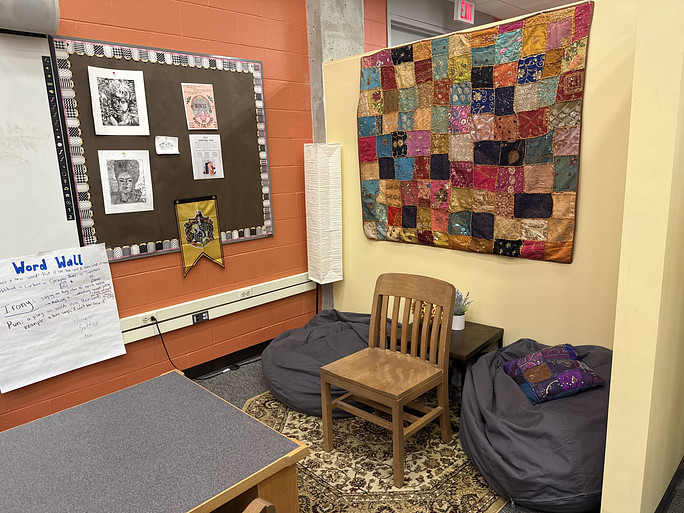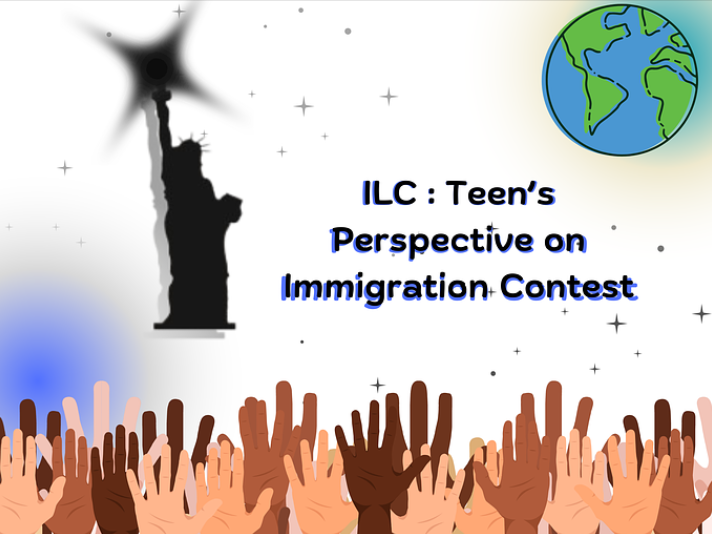By NICHOLAS BRAMANTE

As the sun rose once again above the Mexican horizon, infamous drug lord Joaquin “El Chapo” (meaning “Shorty”) Guzman was arrested and taken into custody by Mexican marines. After thirteen years of hiding within the mountains of western Mexico, Guzman was finally taken down after authorities closed in on his “inner circle” Considered the world’s most wanted drug lord, Guzman has evaded authorities for years unscathed as both his power and reputation grew. Achieving an almost folk-lore or legendary following, many believed Guzman was too powerful for even authorities to apprehend.
To understand the importance of this battle’s finale in the “war on drugs,” one must understand the level of importance Guzman held within the world’s drug syndicate. Up until his arrest, Guzman was considered the “most powerful drug trafficker in the world” by the U.S. Department of the Treasury.
The head of the Sinaloa Cartel (named after the Mexican Pacific coast state where it was formed), Guzman was well known for smuggling literally tons of cocaine across the world. Other drugs smuggled include methamphetamine, heroin and marijuana; Guzman was thought to smuggle more drugs into the United States than any other kingpin before him.
Earning a spot on Forbes’ (an informational website) Billionaires List, Guzman was quite possibly one of the wealthiest drug lords present before his arrest. Arrested once before, Guzman escaped his last low-security prison by bribing the guards posted there.
Various other syndicate members and, for lack of a better word, “henchmen” were arrested in the years leading up to Guzman’s capture; an ever growing and expanding web of wiretaps helped achieve this.
With loyal-bound militias protecting Guzman and his multi-billion dollar cartel, the hunt for the drug lord was a difficult road pursued by American and Mexican forces alike.
As federal forces swept through Culiacan (the capital of the Pacific state of Sinaloa) they raided houses, seized illegal guns, drugs and “dirty” money, as well as arresting a series of men though to be tied in with the cartel.
Over time, Guzman began coming out of hiding, to enjoy the aspects of various cities. According to Michael S. Vigil, a former senior DEA official who was briefed on the operation.
Vigil described these actions as a “fatal error.” As Mexican marines closed in on Guzman’s location, they were able to apprehend him without firing a single shot. Though the Mexican government had made various attempts to capture Guzman before, he was not able to run this time, as he was captured at 6:40 AM, just minutes after the sun rose.
Forensics tests identified Guzman as one last test to the Mexican government’s efforts, taking steps to make sure they do not make the same mistakes they made in the past with identifying operatives in the cartel. Guzman is now faced with countless drug trafficking related charges, as well as other crimes. The Sinaloa Cartel is considered responsible for a slew of violence that took the lives of thousands of civilians, and so this step was an effective cut on one of the many hydra heads that control the cartel.
One of the biggest worries now is if the capture of Guzman will actually impact the cartel in waves as hoped. “The takedown of Chapo Guzmán is a thorn in the side of the Sinaloa Cartel, but not a dagger in its heart,” said George Grayson, a professor at the College of William and Mary who is currently studying the War on Drugs. Another concern is the amount of violent backlash Mexico will now experience. At times the capture of a drug lord has shown to spawn more violence than it stifles. With no real impacts seen quite yet, the cooperative administration between America and Mexico can only wait and react to what comes next.




